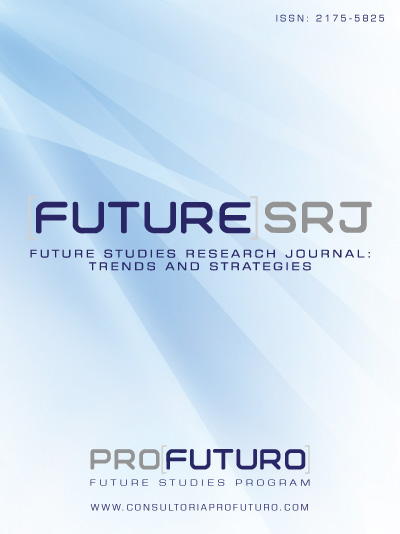Resumo
O Brasil se configura como um importante exemplo mundial no que se refere à incorporação bem sucedida do biocombustível etanol em sua matriz energética. Neste artigo, objetiva-se estimar a demanda por etanol e a evolução da participação total dos veículos com esta tecnologia na frota brasileira até 2014. Para tanto empregou-se o método de Gompertz e o método Fisher-Pry, ambos verificados através do sistema estatístico STATA. Extrapolou-se dados de janeiro de 2005 a outubro de 2009 até dezembro de 2014. O modelo Fisher-Pry foi utilizado para elaborar o cenário de análise da substituição da tecnologia convencional movida exclusivamente à gasolina por carros com tecnologia flex fuel ou bicombustível. Esta projeção apontou para um aumento de 18,2 pontos percentuais em cinco anos, passando dos 78,4% registrados em outubro de 2009 para 96,6% em dezembro de 2014. Como premissa, foi considerada a continuidade nos preços do etanol e da gasolina apresentados entre jan/02 e out/2009, que mostra o etanol sendo comercializado a um preço inferior ao mínimo necessário para tornar este combustível renovável competitivo com a gasolina em 88 dos 95 meses. O modelo de Gompertz indicou que o etanol passará a representar aproximadamente 43,9% de todo o combustível comercializado pelas distribuidoras no final de 2014, ao passo que atualmente esta participação é de apenas 18,2%.
Authors who publish with this journal agree to the following terms:
1. Authors who publish in this journal agree to the following terms: the author(s) authorize(s) the publication of the text in the journal;
2. The author(s) ensure(s) that the contribution is original and unpublished and that it is not in the process of evaluation by another journal;
3. The journal is not responsible for the views, ideas and concepts presented in articles, and these are the sole responsibility of the author(s);
4. The publishers reserve the right to make textual adjustments and adapt texts to meet with publication standards.
5. Authors retain copyright and grant the journal the right to first publication, with the work simultaneously licensed under the Atribuição NãoComercial SemDerivações 4.0 Internacional, which allows the work to be shared with recognized authorship and initial publication in this journal.
6. Authors are allowed to assume additional contracts separately, for non-exclusive distribution of the version of the work published in this journal (e.g. publish in institutional repository or as a book chapter), with recognition of authorship and initial publication in this journal.
7. Authors are allowed and are encouraged to publish and distribute their work online (e.g. in institutional repositories or on a personal web page) at any point before or during the editorial process, as this can generate positive effects, as well as increase the impact and citations of the published work (see the effect of Free Access) at http://opcit.eprints.org/oacitation-biblio.html
• 8. Authors are able to use ORCID is a system of identification for authors. An ORCID identifier is unique to an individual and acts as a persistent digital identifier to ensure that authors (particularly those with relatively common names) can be distinguished and their work properly attributed.
• 9 The authors commit to serving as reviewers for the journal: As a form of reciprocity with the academic community, Future Studies reinforces the commitment that authors of accepted articles have to act as reviewers for manuscripts submitted to the journal.
Os artigos publicados estão licenciados sob uma licença Creative Commons Atribuição - Não comercial - Sem derivações 4.0 Internacional.


